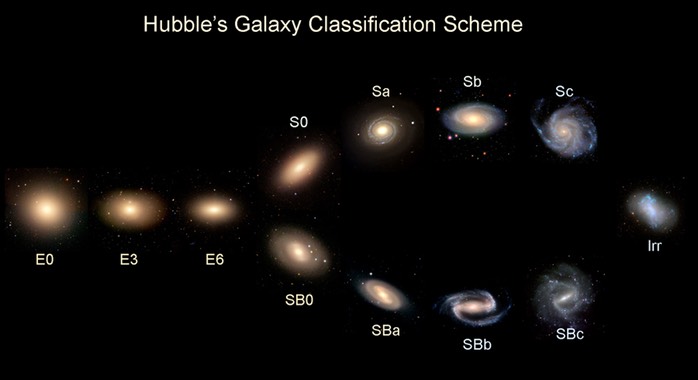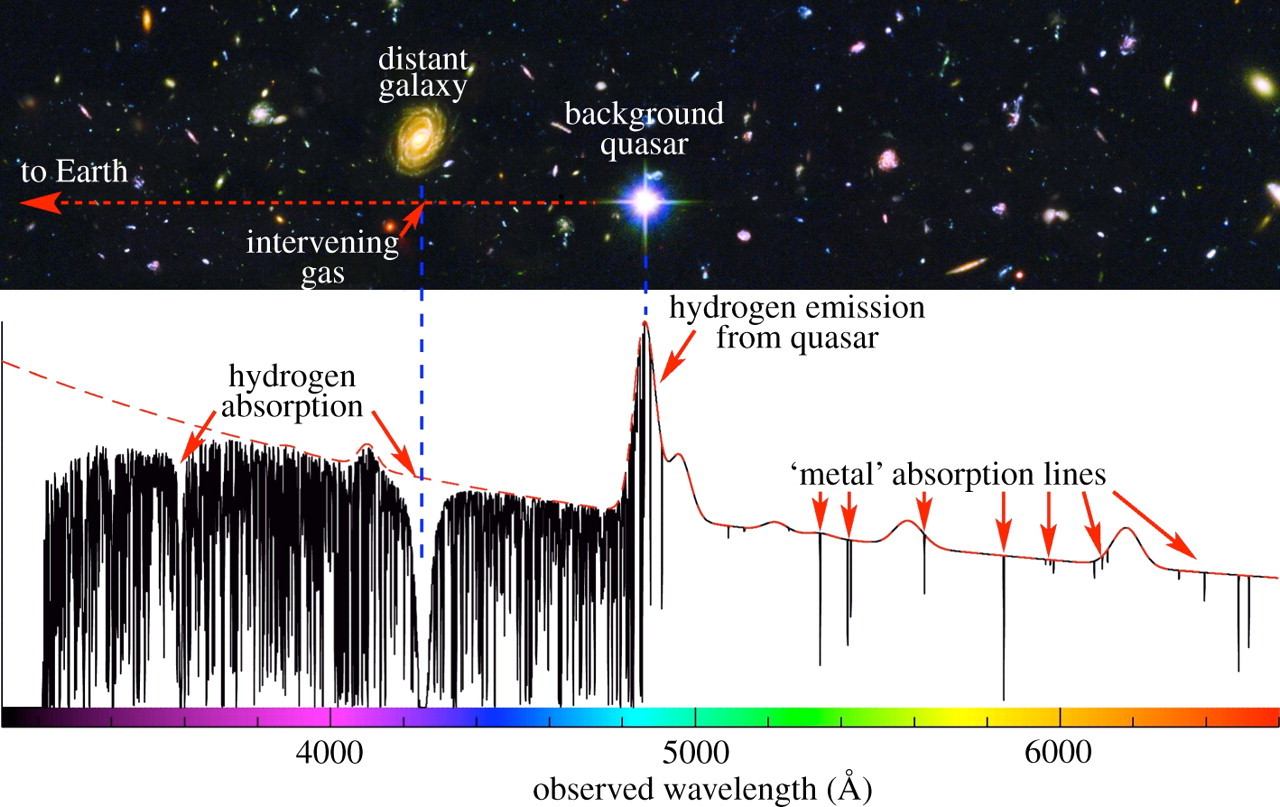Our Projects
Our Projects
ONGOING PROJECT
Finding features in Galaxy images:
- The current published studies from various astronomical datasets are not adequate when it comes to detailed features from galaxy images.
- For citizen science, we explore multiband images that give us hints of scope for further investigation.
- Such nuanced features help us understand the galaxies and clusters from a new perspective.
- Given the vastness of data, ease of the analysis: citizen science projects can be the way to go!

There are currently three Galaxy datasets where your participation would be appreciated:
-
We are focussing on understanding peculiarities of morphological features of:
- Subaru HSC survey
- Galaxies discovered by three-layered, multi-band (grizy plus 4 narrow-band filters) imaging survey with the Hyper Suprime-Cam (HSC) on the 8.2m Subaru Telescope.
- The Hyper Suprime-Cam Subaru Strategic Program (HSC-SSP) is led by the astronomical communities of Japan and Taiwan, and Princeton University.
UPCOMING PROJECT
Understanding the variability in quasars:
- Often scientists explore spectral features of the astronomical sources. These spectra are measurements of the flux (number/ energy of photons) collected over the emission time per unit wavelength.
- Our motto for citizen science is also to involve science enthusiasts from all walks of life to learn about such technical interpretations in astronomy and help us explore undiscovered aspects of such spectral data.
- Our focus objects here are quasars. They are ultra luminous active galactic nuclei, in which a supermassive black hole with mass ranging from millions to billions of times solar mass is found to be surrounded by a gaseous stellar material.
- For this project, we consider SDSS DR16 quasar catalog, where the motto is to check variability of quasar emission with respect to wavelength. We will be comparing quasar spectra at different time intervals to detect the changes in emission.
